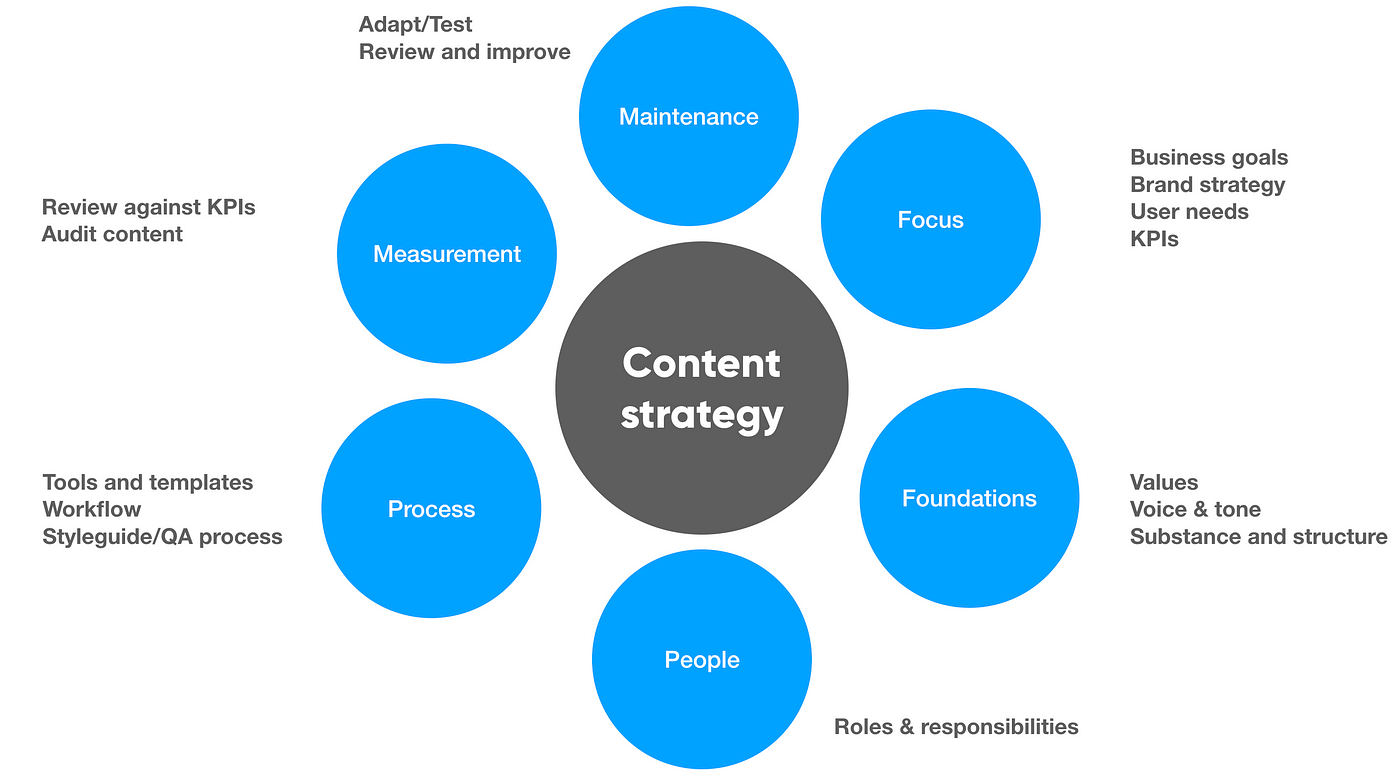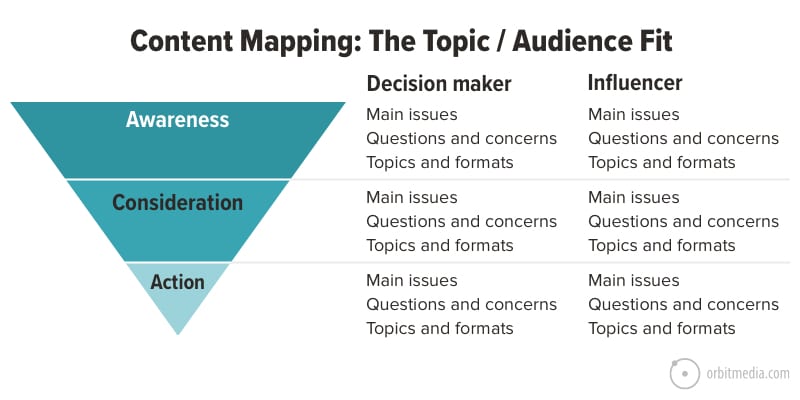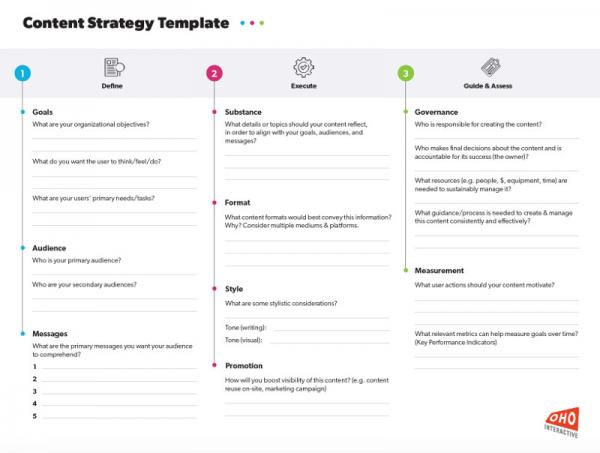Measuring the Success of Your Content Technique: Important Metrics to Track
In the realm of electronic advertising, the effectiveness of a material strategy is frequently evaluated with various metrics that reflect both reach and influence. While website traffic metrics offer a foundational understanding of audience interaction, it is the combination of interaction and conversion metrics that genuinely exposes the depth of material resonance and its financial implications. Recognizing which metrics are necessary and how to translate them can substantially improve your tactical strategy. The challenge exists in recognizing which particular metrics to prioritize and how they can inform your following steps in optimization.
Web Traffic Metrics
In the world of material technique, recognizing traffic metrics is critical for reviewing the effectiveness of digital initiatives. These metrics provide understandings right into individual behavior, assisting companies determine the reach and impact of their web content. Trick traffic metrics consist of page views, special site visitors, and session duration, each offering unique point of views on target market interaction.
Page sights show the total number of times a web page has been viewed, while special visitors gauge the number of unique individuals accessing the content, thus removing replicate matters. Tracking these 2 metrics with each other permits a thorough understanding of material usage patterns. Additionally, session period reveals how much time customers are engaging with the web content, providing insights right into its importance and engagement degree.
Examining web traffic sources is also vital; it assists recognize where site visitors are originating from, whether natural search, social networks, or recommendations. This info is necessary for refining advertising and marketing strategies and maximizing material distribution channels. By focusing on website traffic metrics, organizations can assess the presence of their content, recognize trends, and make notified decisions to enhance overall web content strategy effectiveness. In recap, web traffic metrics act as fundamental indications that direct calculated modifications and foster constant improvement.
Interaction Metrics
While traffic metrics provide useful insights right into customer reach and behavior, engagement metrics supply a deeper understanding of exactly how target markets engage with content once they arrive. These metrics are important for examining the high quality of user communications and the overall performance of a content technique.
Secret interaction metrics include time on web page, scroll deepness, and social shares. Time on page indicates for how long users spend consuming material, which can reveal its importance and appeal. Scroll depth gauges how much down the page customers scroll, offering understandings into material framework and readability. Social shares suggest the degree of resonance with the target market, highlighting web content that motivates customers to share with their networks.
Additionally, comments and user-generated material can work as indicators of audience passion and involvement. High interaction levels typically correlate with enhanced brand name loyalty and advocacy, as individuals that interact with content are more most likely to remember and recommend the brand name.
Conversion Metrics
Exactly how efficiently does your material drive desired activities from your target market? Conversion metrics are vital for reviewing the performance of your content method in persuading individuals to take particular activities, such as registering for an e-newsletter, buying, or downloading a source. By tracking these metrics, you can identify the roi (ROI) of your material efforts and determine areas for improvement.
Secret conversion metrics include conversion price, which measures the percentage of visitors that finish a wanted activity, and the average order worth, which indicates the typical amount invested by clients. In addition, tracking list building metrics, such as the variety of leads obtained via content, can give insight right into the performance of your material in nurturing prospects down the sales channel.
One more important metric is client procurement price (CAC), which analyzes the total cost associated with getting a brand-new client via your content efforts. Content Strategy Agency. By analyzing these metrics, you can make data-driven choices to maximize your web content technique, fine-tune your messaging, and boost calls-to-action, eventually bring about enhanced conversions and organization growth
SEO Efficiency

First, organic traffic functions as a key indication of search engine optimization success, showing the number of visitors reaching your site via search engine outcomes. Evaluating organic website traffic trends with time can reveal the effectiveness of your optimization efforts.
Second, keyword rankings are vital as they suggest just how well your material does for targeted search terms (Content Strategy Agency). Keeping track of fluctuations in positions can assist you improve your search phrase approach and focus on material renovations
Third, click-through price (CTR) is important, as it measures the portion of individuals who click your web link after seeing it in search results page. A high CTR suggests that your titles and meta summaries are engaging and pertinent to customer questions.
Social Media Site Effect
What function does social media sites play in enhancing web content technique metrics? Social network functions as a this content powerful amplifier for content distribution, dramatically impacting reach, involvement, and brand name recognition. By tracking social networks metrics such as shares, likes, remarks, and total engagement rates, companies can gauge the performance of their web content technique and recognize what resonates with their target market.
Moreover, social media sites platforms supply valuable demographic understandings, allowing companies to tailor web content to details target market sections. Monitoring recommendation traffic from social networks to the internet site likewise aids in understanding the conversion potential of social media sites campaigns. The correlation between social media interactions and website performance can reveal the performance of web content in driving customer actions.

Final Thought
To conclude, determining the success of a content method demands an extensive analysis of numerous metrics. Website traffic metrics reveal the reach of web content, while involvement metrics supply understandings into target market communication. Conversion metrics analyze the economic implications of material initiatives, and SEO performance indicates exposure in online search engine. Assessing social media impact highlights the effectiveness of web content dissemination. Collectively, these metrics promote educated decision-making and optimization of content see this website techniques to achieve preferred outcomes.
While traffic metrics provide a fundamental understanding of audience engagement, it is the mix of involvement and conversion metrics that absolutely reveals the deepness of web content resonance and its economic implications. By focusing on traffic metrics, organizations can assess the visibility of their web content, determine patterns, and make notified choices to boost general material technique effectiveness. By tracking social media metrics such as shares, likes, remarks, and overall interaction prices, organizations can assess the efficiency of their content approach and identify what reverberates with their audience.
In summary, leveraging social media impact metrics not just boosts the understanding of content efficiency yet additionally educates future web content production, guaranteeing alignment with target market choices and making the most of overall technique efficiency.
